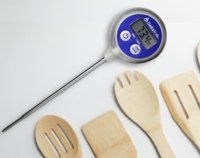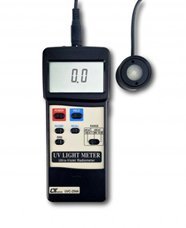What is a UVC Light Intensity Meter?
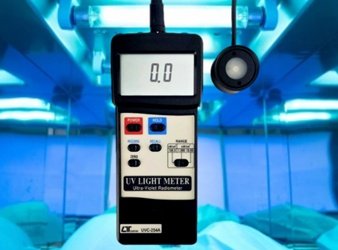
A UVC light intensity meter is a specialist light meter designed to measure a specific portion of the ultraviolet light spectrum. This article briefly introduces UVC light, lists common sources of UVC light and details some examples of UVC light intensity meters.
An Introduction to Ultraviolet Light
Ultraviolet (UV) is a form of electromagnetic radiation with a wavelength from 10 nm to 400 nm, shorter than visible light but longer than X-rays.
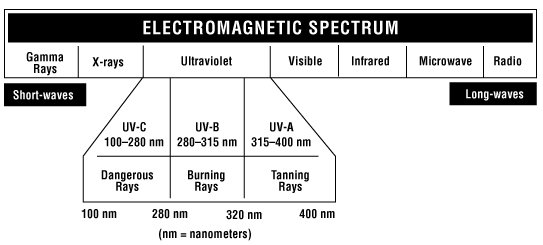
There are three ranges of UV light – UVA, UVB, and UVC. UVA rays have the longest wavelengths, followed by UVB and UVC rays with the shortest wavelengths.
UV radiation is present in sunlight, and while UVA and UVB rays pass through the Earth’s atmosphere, the ozone layer absorbs all UVC and a portion of UVB rays. So, most UV rays we encounter are UVA with a small amount of UVB.
|
UV Type |
Wavelength |
About |
|
UV-A |
315–400nm |
UVA radiation is less hazardous than UVB and UVC radiation. UVA rays have a longer wavelength that can penetrate the middle layer of your skin (the dermis) and cause ageing/wrinkling.
|
|
UV-B |
280–315nm |
UVB rays have a short wavelength that reaches the outer layer of your skin and causes sunburn. UVB is known to cause DNA damage and is a risk factor in developing skin cancer and cataracts. |
|
UV-C |
100–280nm |
UVC radiation from the sun does not reach the Earth's surface because, thankfully, the ozone layer blocks it in the atmosphere. Human exposure to UVC radiation is from an artificial source like a lamp or laser. UVC radiation may pose potential health and safety risks depending on the UVC wavelength, dose, and duration of radiation exposure. |
Sources of UVC
Unless you're in outer space, the only way to contact UVC radiation is through artificial sources. Some typical examples include:
- Arc welding torches
- Ultraviolet light analysis used in forensic investigations
- UV sanitising lamps for disinfectant of air, water, and other nonporous surfaces; and
- Laboratories in a range of equipment and procedures, e.g.:
- Transilluminators
- Chromatography
- Electrophoresis
- Germicidal lamps; and
- UV Lasers.
Why Measure UVC?
There are two crucial reasons to deploy a UVC measuring device:
- Validation and Process Control: UVC light measurements can indicate the need to address sanitisation. A UVC light intensity meter can verify the intensity of the light or determine if the dose is adequate to ensure proper decontamination.
- Safety: UVC light meters can be employed to check for UVC leakage from UVC light-emitting devices, to ensure adequate steps and controls are in place to limit the duration of exposure.
Meters that Measure UVC

UV Light Meter UVC
|
UVC Light Meter
|
Conclusion
UVC Light Intensity meters measure the UVC portion of the electromagnetic spectrum, most commonly where UV light is used for sterilisation or experimental purposes in a laboratory or hospital setting.
Browse all UV light meters here
Are you unsure what UVC light intensity meter best suits your application? An Instrument Choice Scientist can help! Call 1300 737 871 or email [email protected].
Also interesting
Fridge thermometers provide insights into the relative safety of fridges and freezers in the home, commercial food chain systems and medical and pharmaceutical industries.
A fridge freezer thermometer with an alarm offers advanced fridge protection by notifying users as soon as unwanted temperature variation occurs, ensuring your vital products are safe and of the highest quality.
Discover the top 5 fridge and freezer thermometers with alarms
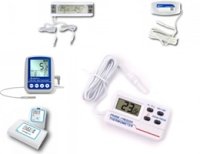
Instrument Choice’s team of scientists regularly reviews new and popular products, so you can make more informed decisions when searching for the perfect scientific instrument for your application.
This edition reviews the bestselling 11040 Waterproof Lollipop Thermometer by DeltaTrak, a food safety tool ideal for food production, storage, and processing facilities.
Get a scientists’ review of the DeltaTrak Waterproof Lollipop Thermometer with Reduced Tip (IC-11040)
